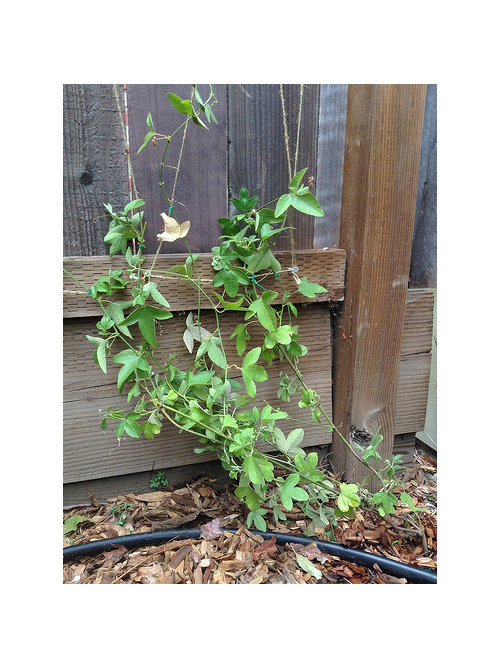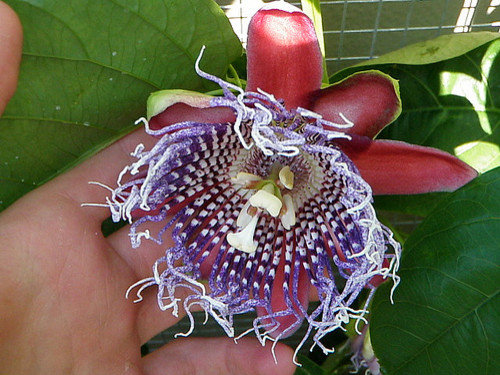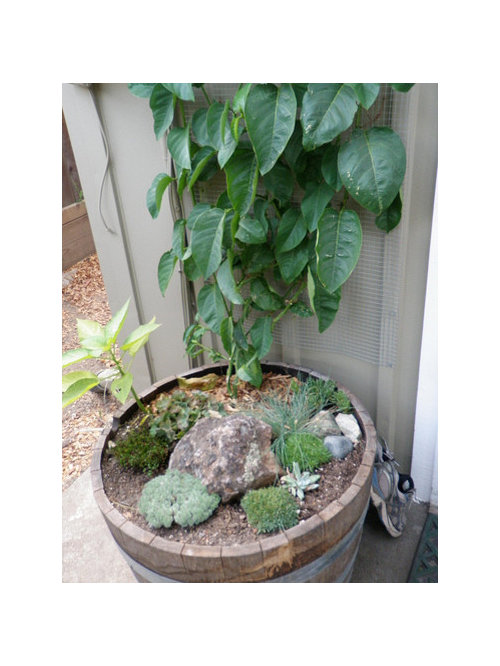Passiflora manicata 'Linda Escobar'
northbay12
10 years ago
Just got a Passiflora manicata 'Linda Escobar', wholesaler Suncrest Nursery. I bought it to replace a P. vitifolia that died from frost. I did nothing to protect it, and hoped it might come back from the roots. It didn't. I really wanted a nice red flowered Passiflora, (like I need another one, I'm up to 11 now!) so I nabbed this one. So I was wondering if anyone has experience with this one's hardiness, I should also note that it is under an eave, but I can also protect it, which seemed to work with my P. 'Purple Tiger', grown outside all winter. Our winter low I think was 26 F. Also I would be interested to know if anyone has grown this particular cultivar, and what the differences from the species are. Thanks!

Gratuitous Purple Tiger Pics








mark4321_gw
northbay12Original Author
Related Professionals
Wrentham Landscape Architects & Landscape Designers · Saint Matthews Landscape Architects & Landscape Designers · Annandale Landscape Contractors · Berwyn Landscape Contractors · Columbine Landscape Contractors · Davis Landscape Contractors · Eustis Landscape Contractors · Haverhill Landscape Contractors · Pine Hills Landscape Contractors · Vineyard Landscape Contractors · West Allis Landscape Contractors · Goldenrod Landscape Contractors · North Hills Landscape Contractors · Lakewood Driveway Installation & Maintenance · Jefferson Valley-Yorktown General Contractorsmark4321_gw
northbay12Original Author
mark4321_gw
northbay12Original Author
mark4321_gw
northbay12Original Author
RetiredFlorida
northbay12Original Author
RetiredFlorida
mark4321_gw
northbay12Original Author
mark4321_gw
northbay12Original Author
mark4321_gw
northbay12Original Author